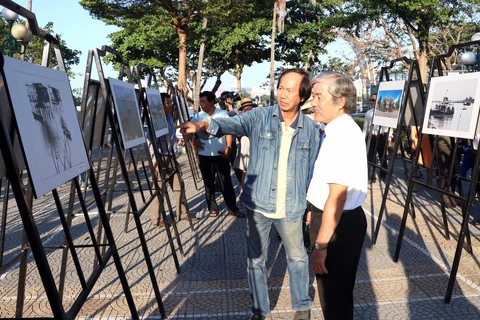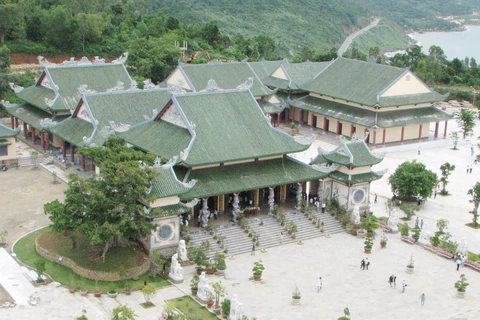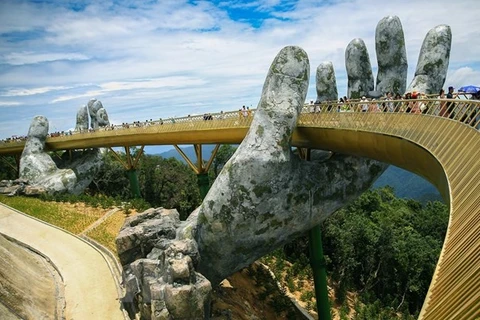Da Nang (VNS/VNA) - The Prime Minister has agreed to assign the Da Nang People’s Committee to the restoration of the Ngu Hanh Son (Marble Mountains) landscape site – a National Special Relic – in a decision released last week.
Director of the city’s Culture and Sports department, Huynh Van Hung said the destination, which was recognised as a National Special Relic by the Prime Minister in 2019, will be restored, covering a total area of 100ha, including the core 2.2sq.km zone and buffer zone as well as stone sculpture village.
He said the site will be improved under special protection, promoting the tangible and intangible heritage of the 400-year-old Non Nuoc stone sculpture village and craft community.
The Marble Mountains – which features five mountains by a pristine beach in Ngu Hanh Son district, 6km southeast of the city centre – was given the name Ngu Hanh Son by the 18th of King Minh Mang under the Nguyen Dynasty in 1837.
Kim Son Mountain, the largest of the Marble Mountains, hosts the annual Quan The Am (Avalokitesvara Bodhisattva) Festival – one of the 15 largest events in Vietnam – at the Da and Quan The Am pagodas.
The stone sculpture village still preserves a community of 2,000 craftspeople and sculptors, as well as shops.
The landscape – one of the most popular sites for tourists among the Da Nang Museum, Cham Sculpture Museum and Ba Na Hills Mountain – attracts nearly 2 million tourists annually.
It’s also the second National Special Relic in the city after the Dien Hai Citadel.
In a recent decision, the city’s people’s committee plans to expand the current Nghia Trung Hoa Vang (the Hoa Vang Martyrs Cemetery) – a national historical relic – from 4,000sq.m to 6,000sq.m in Cam Le district.
The site will be restored and upgraded in 2020-21, Hung said.
The cemetery is a resting place of 1,000 Vietnamese warriors who died during the 1858-60 battle against French-Spanish coalition forces in Da Nang.
The city also preserves a graveyard of French-Spanish troops who were killed in the fight and a chapel near Tien Sa Port.
According to the Da Nang Museum, more than 4,300 Vietnamese civilians and soldiers were killed during the 1858-60 battle with the French-Spanish forces./.
VNA

























